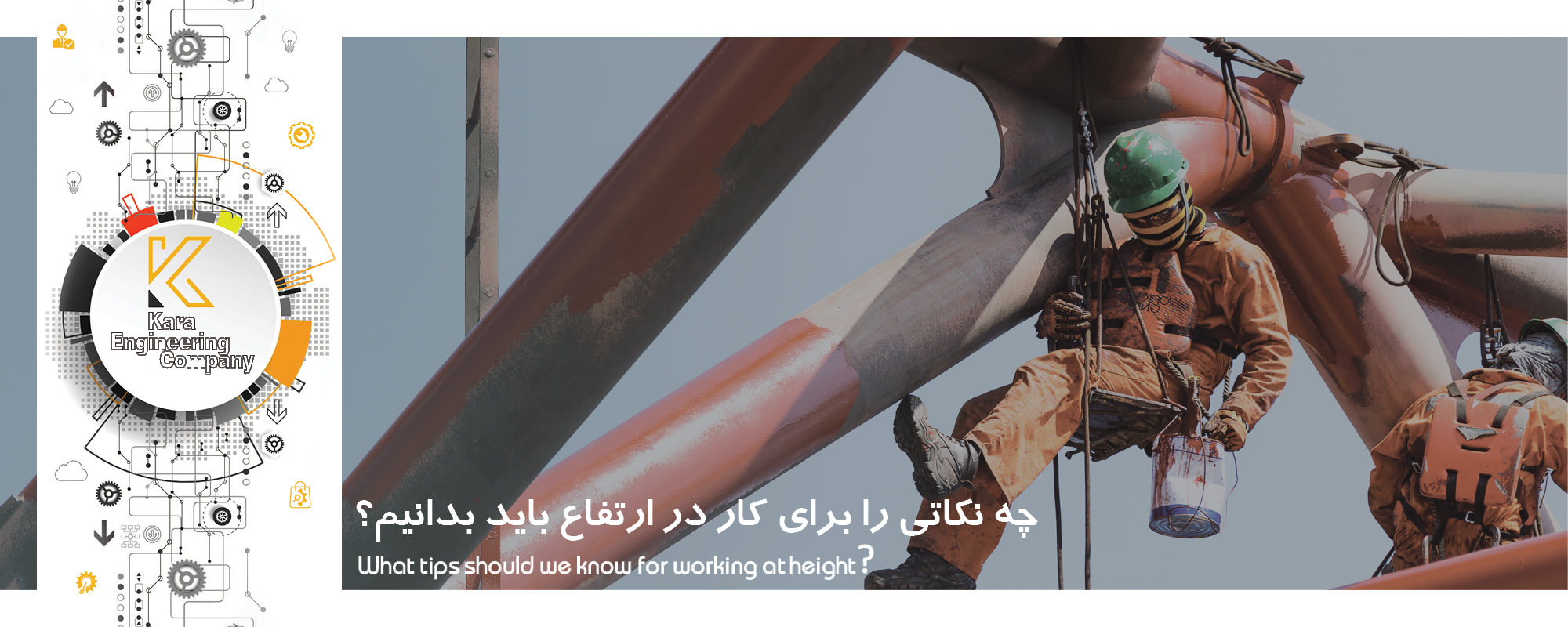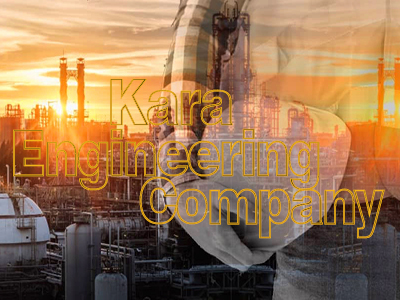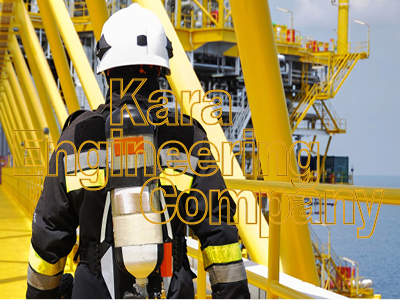
Working in industrial environments is always associated with health, safety and environmental risks. These risks can appear in different ways in different work activities and have consequences if there is no proper planning and control. that sometimes it is not possible to compensate them in any way. Therefore, having a systematic program to identify occupational hazards and include control and preventive programs in order to prevent adverse consequences in the work environment is inevitable.
Working at heights is one of the activities that are performed in different work environments on a daily basis or for carrying out maintenance programs. The special conditions of working at height have turned it into a special activity in terms of the type of risks and the consequences of its possible accidents. The existence of these conditions will require special measures to ensure that safety, health and environment considerations are established.
Work at height
Carrying out work in places whose height is more than 2 meters from the ground is considered to be work at height and it is necessary to take necessary measures to prevent falls in such activities.
There are 3 stages in the safety process of working at height:
- Avoiding work at height or doing parts of it on the ground level when this is possible.
- Using methods and equipment that eliminate the risk of people falling while working, in situations where it is not possible to prevent work at height.
- Using methods and equipment that reduce the height of the fall and the severity of injuries caused by the fall, in situations where it is not possible to eliminate the risk of falling.
Planning for working at height
Planning work at height is a process that requires a centralized management. In this process, the team will be led by a group of experienced experts who have a complete understanding of the operation and how to secure it. This operation is carried out in three stages: identifying risks, analyzing them and predicting control measures:
Identify risks
At this stage, the location and working conditions at height should be fully investigated and the possibility of hazards such as people falling, slipping on the work surface, objects and tools falling, etc. should be investigated.
Risk analysis
In this stage of planning work at height, things such as work height, strength and safety of work surfaces, side guards, slippery work surface, the possibility of objects and tools falling from the surfaces and the lifting height, the possibility of objects and tools falling from the work surface should be considered. And... considering the magnitude of the risk and the severity of the injuries and damages, the probability of it will be evaluated and the priorities for correction should be determined.
Anticipation of control measures
At this stage, based on the analysis of the identified risks, as well as the equipment, facilities, experiences and abilities of people and facilities, the necessary control measures are predicted and implemented.
One of the major hazards of working at height is the falling of objects, which in addition to damage to equipment, can cause injury to people who are passing by or working in the place; Therefore, it is necessary to carefully consider the following:
- It is necessary to use safety nets when performing tasks that are likely to pass, fall objects and people, and take a long time.
- Doing work or passing through a place where work is done at height.
- The prohibited area must be marked with warning signs and traffic must be controlled.
- If there is a need to pass or perform at the same time, full precautions should be taken into account and appropriate protective equipment, especially a helmet, should be used.
Conclusion
The first priority of working at height is to create safe conditions to preserve the worker's life, therefore, any action that is effective in maintaining the safety of the person is important.
Considering that most of the work is done at height and most of the risks are caused by working at height, so it is necessary to take safety tips about working at height very seriously.
Because many jobs must be done at height and it is not possible to eliminate them, it is very important to identify risks and manage them and use personal protective equipment. In addition, a person who works at height must be trained and familiar with the hazards of the work environment and know how to use personal protective equipment.
 Translate
Translate


